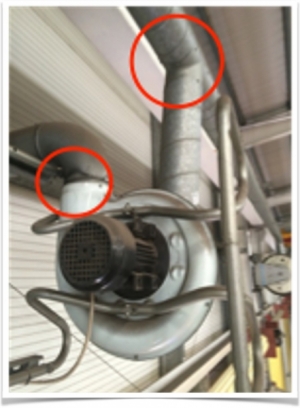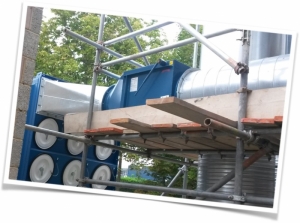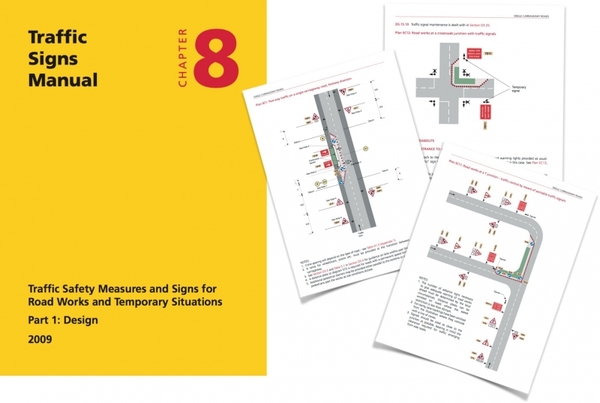Manufacturing companies are needlessly costing thousands of UK lives each year due to poorly installed or completely missing LEV systems. How can the LEV industry turn this around?
According to the HSE there are:
- 8,000 cancer deaths and 13,000 new cases of cancer each year
- 13,000 deaths per year from respiratory disease – 36 people per day!​
- An estimated 13,000 new cases of breathing or lung problems caused or made worse by work each year among those in, or recently in, work
This blog summarises a presentation that Adrian Sims (our Managing Director) gave at the BOHS (British Occupational Hygiene Society) organised event ‘LEV – Extracting the Best Practices’ on 4th February. It focuses on the poor design and installation of LEV systems and how the LEV industry and the HSE together can start to tackle this problem so that less people die needlessly from diseases caused by their work.
The Problem when Official HSE Guidance is Ignored
While the HSE provides guidance about the design of LEV systems in HSG 258 – ‘Controlling airborne contaminents at work’, we still see too many LEV installations, fitted by others, where this advice has been ignored.
For example, HSG 258 states the following with regards to ducting:
- Minimise bends and smooth junctions
- Make corrosion resistant where necessary
- Include drainage points for liquid and mists
- Include access to clear blockages
- Discharge to a safe place
- Make sure there is safe and easy access to necessary parts of the system
The below are examples (naming no LEV installer’s names) of ducting the Vent-Tech LEV team has come across on manufacturing premises:

Similarly, there is guidance provided re:
- Stacks
- Access
- Installation
- Exposure levels
- WEL levels
and more…but unfortunately there are too many companies out there using LEV engineers with insufficient training and knowledge and this is costing lives.
It is also costing the companies who have systems installed a lot of money if they get it wrong first time around. Below is an example of a 6-figure LEV system which had to be ripped out, re-designed and installed at the customers’ cost, because the original design and installation was just wrong in so many ways:

So What’s the Solution?
Unfortunately, there is not one single solution. However, the following in combination could really make a difference:
1.BESA (Building & Engineering Services Association) accreditation and promotion of this accreditation
Companies that are accredited with B&ES will have to:
- have their work inspected
- have assessment made of technical and commercial capability
- work to industry best practice and standards
- adhere to robust Health & Safety practices usually through CHAS or SafeContractor Scheme
- their work must comply with Building Regulations and
- have policies and on-going commitments to recruitment, selection and training.
2. Summary manuals for standard processes and installations
Road workers, for temporary roadworks, have their Chapter 8, which for differing scenarios, gives guidance on the necessary set-up of temporary traffic management.

Could we use something similar in LEV industry for standard processes and installations? This simpler guidance could help companies to avoid some of the more common design errors.
3. New industry standard for explosion venting – aim to vent all explosions vertically outside
Currently, we can calculate the explosive power of a substance and site the unit accordingly.
Typically from wood dust, you may get a 13m flame from a filter plant – have a look on Youtube. More importantly, it’s not the initial blast that causes most problems but the secondary blast from the initial shock wave lifting and igniting the dust that has collected on the factory steelwork and high-level surfaces.
HSE guidance states that we should vent the explosion to a safe place. But what is a safe place?
As an industry standard, shouldn’t we aim to vent all explosions vertically outside?
4. Identification – clearly label systems that contain hazardous substances
Isn’t this a no brainer??
In conclusion
As we said at the beginning, the cost of poorly installed LEV systems is people becoming ill or even losing their lives.
It is not good enough that the HSE is ‘pleased’ with the current figures because they represent a drop.
The LEV industry needs to get together and come up with and implement solutions and this is what we as a company will be pushing for over the coming months.

